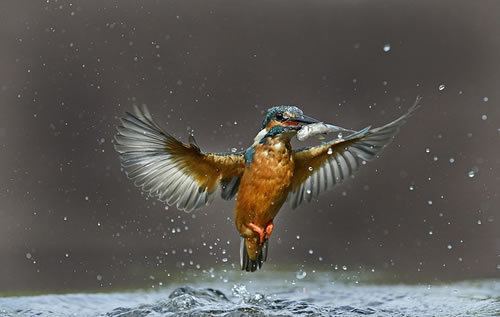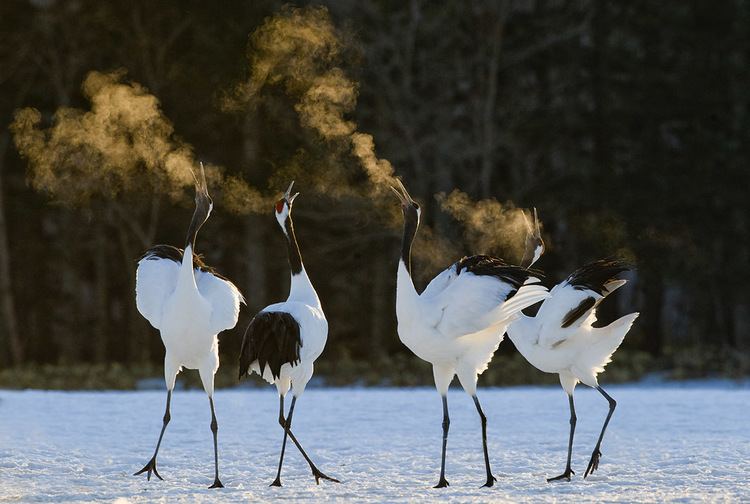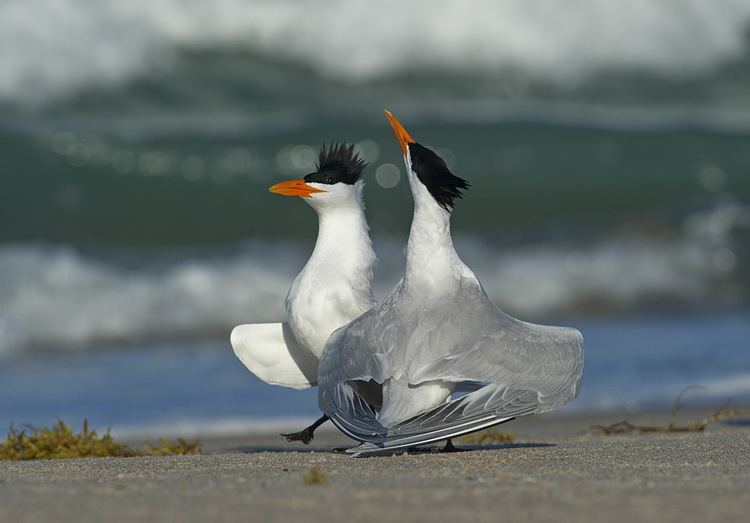Nationality British Education Wildernesse School Institutions Freelance | Name David Tipling Role Author | |
 | ||
Books Bird Photography, Digital Wildlife Photography, The Birdwatcher's Guide to, Where To Watch Birds In B | ||
Residence Norfolk, United Kingdom | ||
Bird photography on line course with david tipling
David Tipling is a professional wildlife photographer with an international reputation. His highly distinctive images have earned him many awards and accolades. Sir David Bellamy described Tipling's photographs in The National Parks and other Wild Places of Britain and Ireland as "windows of wonder". He has won the documentary award for the European Nature Photographer of the Year for his work on emperor penguins. He is the author or commissioned photographer for more than 30 books that include Collins Top Birding Spots in Britain & Ireland, The National Parks and Other Wild Places of Britain & Ireland, Attracting Wildlife to your Garden, and most recently The RSPB Guide to Digital Wildlife Photography.
Contents
- Bird photography on line course with david tipling
- Time lapse cley to salthouse living landscape david tipling
- Background and education
- Themes and interests
- Birds and People
- Additional information
- References

Time lapse cley to salthouse living landscape david tipling
Background and education

Born in Hove Sussex, David Tipling was educated at the Wildernesse School in Sevenoaks. A keen birdwatcher from an early age, his parents bought him his first camera in his teens. Tipling was soon recording the birds in his local area.

A largely self-taught wildlife photographer, Tipling came under the watchful eye of Roy Coles, the then warden of nearby Bough Beech Reservoir, a nature reserve in Kent. Tipling learned his craft largely by 'trial and error' and by training his eye, studying the work of various artist's who gave him his distinctive 'artistic' sense of composition.

Between 1983 and 1994 he travelled throughout Britain following birdwatchers to photograph the rarities they were travelling to see. This gave him a good grounding in fieldcraft and ornithology. A taste for the rare and unseen, with an artist's sense of composition, was the result. Tipling's work was soon widely published in magazines such as British Birds, Birds Illustrated, Birdwatch, Dutch Birding and Birding World; as well as being used in national newspapers.
Themes and interests
Wildlife is usually difficult to find, troublesome to approach and often impossible to capture, thus a knowledge of animal behaviour is a necessary skill in all great wildlife photography. The animal photographer needs above all to be able to predict actions. An ability to stalk animals is often a requirement.
What makes Tipling's photographic work distinctive is his artistic sense of composition. His work is influenced by the Swedish painter Bruno Liljefors whose often brooding depictions of predator-prey action – the hunts engaged between sea eagle and eider, goshawk and black grouse – help to create their darkly primitive atmosphere. and by Robert Gillmor's strong graphic,. Tipling cites some of the great Eastern painters who practised Oriental ink painting which has its roots in calligraphy, as influential. Much of his work resonates with that sense of proportion achieved in the light, striking shapes of Xu Wei's work.
A keen conservationist, Tipling is perhaps closer than others to witnessing the dangers birds in the wild face. In 1994 his article in the New Scientist alerted its readers to the declining state of the barn owl:
Once a familiar bird to every country dweller, pesticides, destruction of habitat, fluctuation in climate and a decline in available prey have all contributed to its decline. Barn owl populations do rise and fall in cycle with vole populations and, being largely nocturnal, there may also be appreciable numbers going unrecorded. However, the population appears to have fallen by 43 per cent since the first atlas, and a similar decline has been reported in many other European countries.
Birds and People
Tipling's latest project with author and naturalist Mark Cocker and natural history researcher Jonathan Elphick, is Birds and People. Birds and People is a ten-year-long collaboration between the publishers Random House and BirdLife International, to survey and document worldwide, the cultural significance of birds,
Tipling's role within the Birds and People project, as the commissioned photographer and picture editor, is both to photograph and find images that illustrate the connection between man and bird as depicted in the stories recorded and covered by the project.
Images will range from depictions of the birds themselves to pieces of art, objects such as ceramics, architecture and of course people. The Birds and People project involves an open internet forum, for individuals worldwide to document their reflections, experiences and stories about birds.
Additional information
Tipling's latest work, undertaken with the ornithologist Jonathan Elphick, and due to be published later this year, is GREAT BIRDS: 200 Star Species of Britain.
Tipling is a photographic consultant for British Birds. From 1994 to 2003 he had a monthly quizbird column in Bird Watching Magazine. Picture credits include over 500 book covers for example Pecked to Death by Ducks by Tim Cahill, various Lonely Planet guides including Antarctica and the Secret Life of Birds by Dominic Couzens.
Books completely illustrated by Tipling include Collins Gem Guide to Garden Birds, Understanding Bird Behaviour by Stephen Moss, Bird Identification and Fieldcraft by Mark Ward. Tipling has also undertaken major advertising work for clients including Pedigree Chum and Fuji Film (who ran an advertising campaign using his emperor penguins from 2001–2003. Tipling's emperor penguins were also used in the Walmart ad campaign in the United States in 2002.
